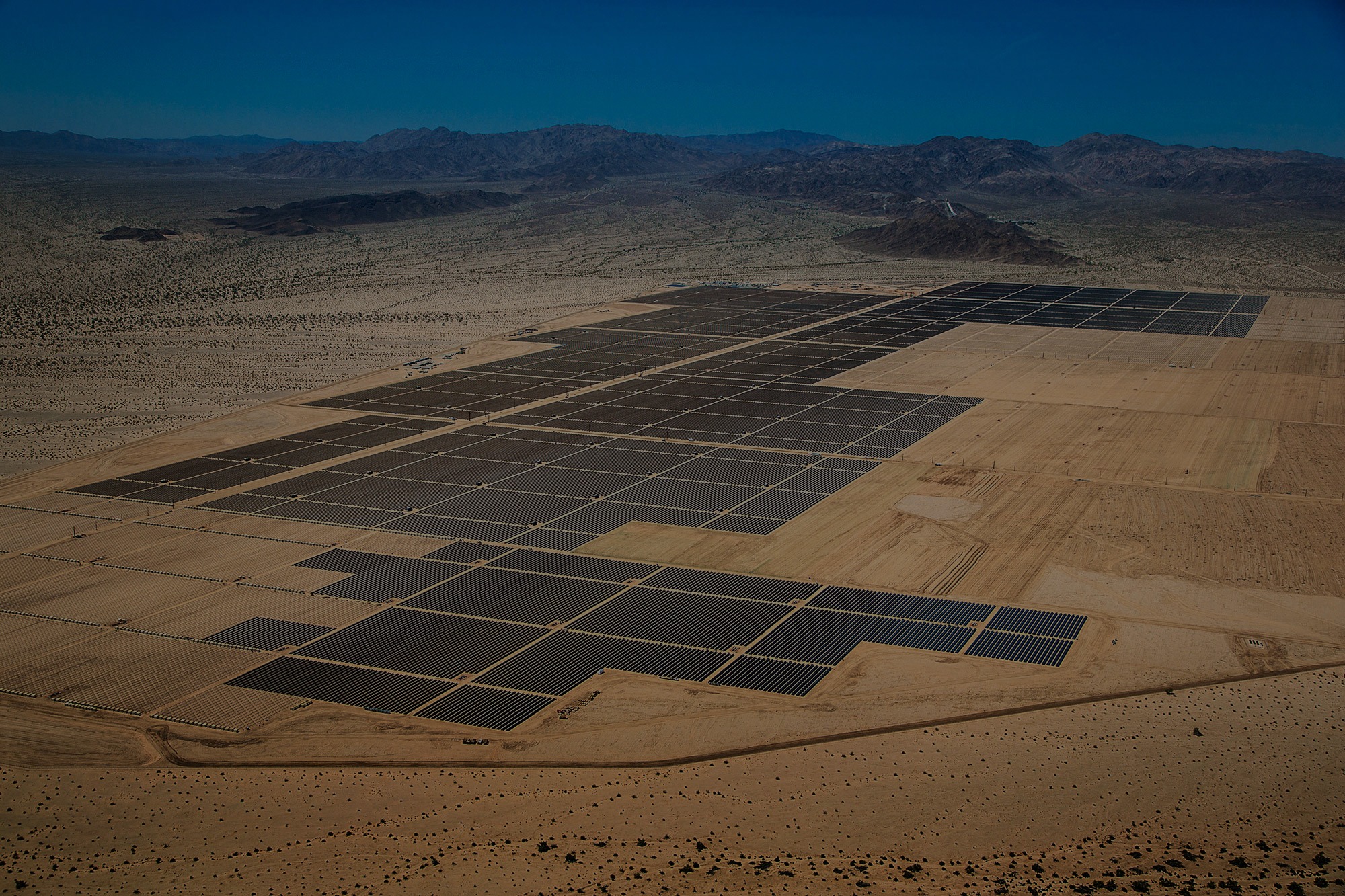The energy sector in India has always been a topic for discussion and debate among experts, observers, analysts, industry players and magnates, besides others.
India has been keen for some time to assume a leadership role in creating alternate sources of energy to meet its immediate needs in the sector, and also to be economically placed on an equal footing with China, seen as one of its main competitors in this area.
The International Solar Alliance Summit (ISA) was held in New Delhi recently with the prime objective of combating the menace of climate change and to promote the use of solar energy. It was also an event targeted at looking for other opportunities that the global energy sector could possibly provide to New Delhi.
Solar energy offers immense opportunities for growth and development, and domestic manufacturers and associations are looking to expand India’s footprint in the long term. At present, the market and current beneficiaries are focused on short-term gains.
Representatives of 120 countries took part in the ISA Summit. Half were signatory countries and the other half were nations aiming to be prospective ISA members.
The launching of the ISA jointly by French President Emmanuel Macron and Prime Minister Narendra Modi not only furthered Paris Agreement on Climate Change objectives, but also forged another bilateral strategic bond between Paris and New Delhi, analysts and experts maintained.
With the Indian government clear in its desire to manufacture solar panels that are cheaper than what is being offered by China at present, to meet domestic demand, solar manufacturing associations across the country are hopeful.
India used the platform of the ISA Summit to offer a USD 1392.48 million Line of Credit for solar projects for African countries, Bangladesh and Sri Lanka at interest rates that, according to the one major daily, were cheaper than what the Chinese were offering.
Domestic solar manufacturers, however, are still debating over the imposition of a safeguards duty on imported solar cells and a levying of an anti-dumping duty on cheap Chinese products.
Opportunity isn’t the only fact backing the decision to levy the safeguard duty. If, in fact, the duty is not imposed, then there will be direct, immediate and long-term implications. Most government and private investments in solar manufacturing reportedly amounting to Rs. 11,000 crores are in danger of becoming non-performing assets.
While the country and domestic solar players debate over the norms and the status quo of the market, the Chinese manufacturing juggernaut continues to maintain a lead position on solar products, creating a scenario where the domestic industry in India stays dependent in terms of price, demand-supply ratio and import trade-offs presumably for some more time.
India’s current trade deficit stands at around USD 14.88 billion as on December 2017 from USD 11.05 billion in 2016. With the added burden of the import of solar products from China, India could face a deficit it might find hard to manage. Where the United States, Japan, Australia, and Turkey are investigating anti-dumping and safeguard petitions, India is still using its fixer-upper (redesign or reconstruct) approach to address its energy needs.
It is on record that several nations have built their own solar manufacturing bases. Malaysia is currently the third largest manufacturing base of solar in the world. According to Malaysian Investment Development Authority (MIDA) CEO Datuk Azman Mahmud, the country was a key exporter of photovoltaic (PV) cells and modules and was well positioned to benefit from the spillover effects of growing solar power usage worldwide.
He was quoted, as saying recently that, “Solar power usage is expected to grow between 12 percent and 20 percent over the next five years. We are now the world’s third largest manufacturer of PV cells and modules and also have the largest thin film manufacturing site. We are now one of the top exporters of solar panels to the United States (15 billion dollars in exports) and have achieved significant progress in the solar PV industry over the last decade, with healthy growth seen in new businesses and creation of jobs.”
He said MIDA had last year attracted seven more solar manufacturing projects and 83 renewable energy projects in the solar industry worth RM 1.77 billion and RM0.65 billion respectively, while the biggest investment was contributed by Longi, a major solar giant producing solar ingot, wafer cells and modules.
Thailand is reaching 8 GW cell/Module production to evade Chinese, Taiwanese and Malaysian duties for USA and Europe and even the USA has imposed SGD (a customs-related duty) in 2018.
Given the above examples, the Indian government could look forward to improving its presence in the renewable energy sector, as well as raise the bar in terms of employment the manufacturing at home. The idea of Make in India by the government can also help build strong investment pull to scale up manufacturing and rival China’s dominance in the energy sector.
Remaining dependent on imports and taking advantage of short term benefits, however, could land India’s energy sector in the same condition as its defence industry, where enormous amounts of money have been spent procuring weaponry, but not much else being done to develop indigenous manufacturing.
Efforts must, therefore, be directed at building a solar base that enhances India’s standing as a global energy hub, and at the same time, consolidates its nascent imprint in the renewable energy sector through increased indigenous manufacturing of solar components for the domestic market as well as for exports.
Source: https://www.siasat.com/news/indias-solar-manufacturers-facing-make-or-buy-dilemma-1331077/


